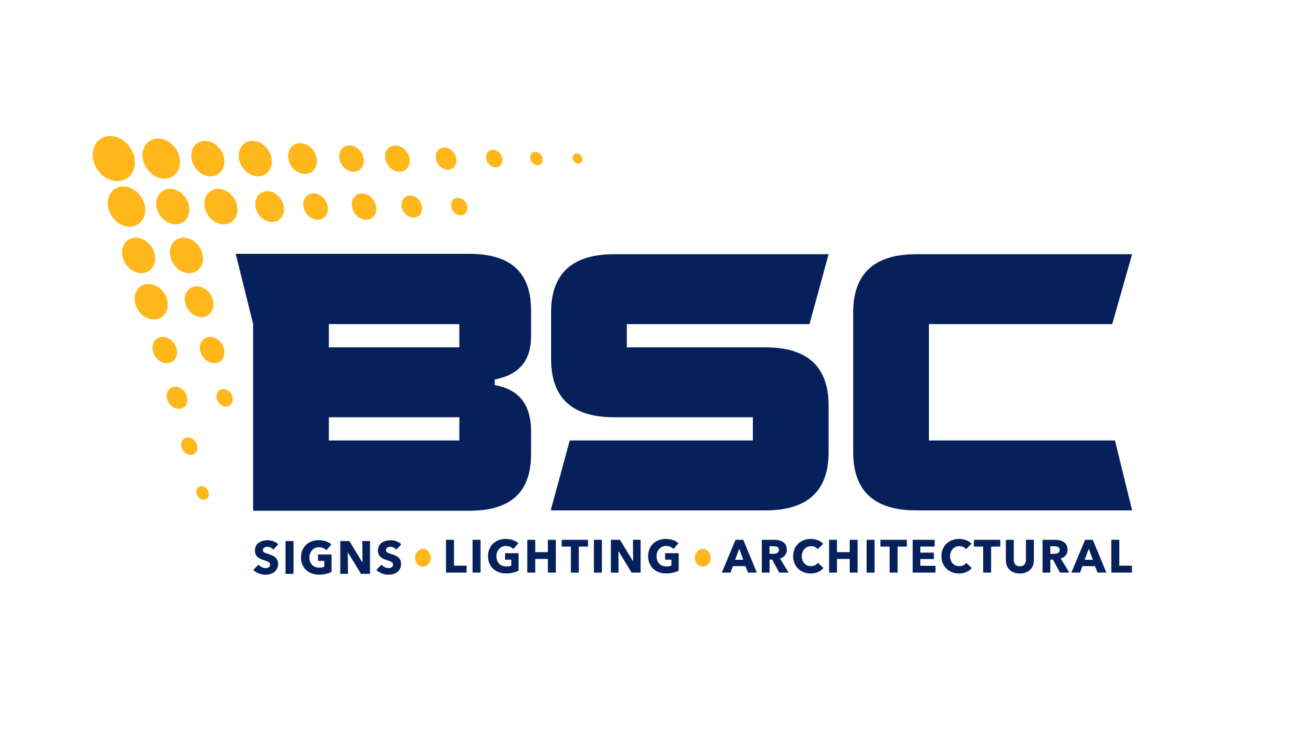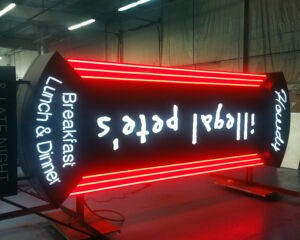

The history of neon signs is a bright and colorful one that began well over a century and a half ago. From storefront “Open” signs to some of the most iconic signage in America, neon has made an indelible stamp on culture and advertising that won’t soon be forgotten. Here’s a brief, but glowing history of neon signs:
Geissler’s Glass Tubes (1855)
The first sign of neon lighting didn’t actually begin with neon at all. Physicist and German glassblower extraordinaire Heinrich Geissler began experimenting with sealed tubes of glass filled with mercury.
By charging the mercury with two electrodes, Geissler discovered the mercury would emit a soft yellow glow. Although the brightness and color were unstable, Geissler’s tubes would pave the way for the neon lights and signs of today.
Ramsay and the Chemical Element of Neon (1894)
Another stepping-stone in the history of neon lights also had nothing to do with the signs themselves. In his pursuit for noble gases, British chemist Sir William Ramsay discovered neon, as well as argon, krypton, and xenon.
By using a process called fractional distillation, Ramsay found a way to separate and isolate neon gas from the atmosphere. His monumental discovery of noble gases won him the 1904 Nobel Prize for Chemistry.
Claude and the Neon Lamp (1902, 1912)
Georges Claude, a French chemist, engineer, and inventor improved the neon gas extraction process to the point where he could manipulate the color and intensity of the light. After ten years of working with neon, he began experimenting with light by electrically charging the gas in Geissler-type glass tubes.
Soon after this, the neon lamp was born! Claude began selling his lamps commercially in Paris for business advertising purposes. Not only did Claude’s designs use different letters and fonts, but complex tube shapes as well.
Neon Catches On in America (1950s – 1970s)
Claude sold his first pair of neon signs to a Packard car dealership in Los Angeles for a whopping $24,000 in 1923. It didn’t take long before the neon wildfire spread through the country due to its attention-grabbing glow and advertising versatility.
Coinciding with the creation of the Interstate Highway System in the 1950s, neon signs began lighting main streets all across America, from Los Angeles to New York City and nearly every city in between. As the popularity of neon signs grew, the manufacturing skyrocketed. This made the unique signage affordable for most businesses, including mom and pop stores.
Las Vegas in particular took to the idea of neon by using the bright signage on just about every casino on the Vegas Strip. Vegas was also one of the first cities to mechanize neon signs to mimic the movements of the shapes they were made to represent, including Vegas Vic, the massive neon cowboy.
Today’s Neon
Although neon signage took a downturn with the advent of plastics and fluorescents, neon signs are experiencing a resurgence. From art installations to the rehabilitation of many iconic neon signs as part of the Route 66 Corridor Restoration Act, the glow of the neon sign is still lighting America and the rest of the world.
If you think neon signage will add the perfect glow to your business, request a quote today on a variety of eye-catching designs!




